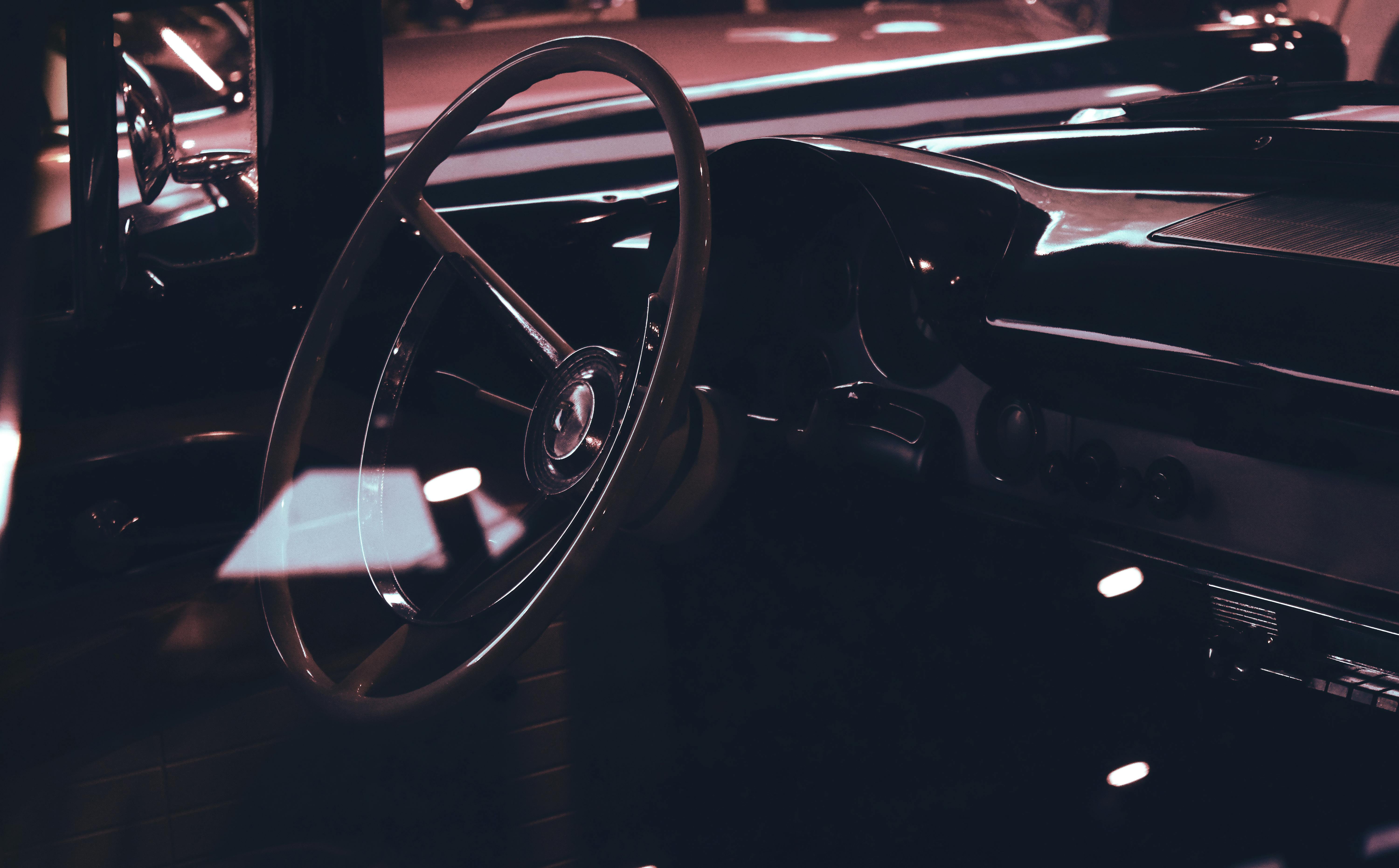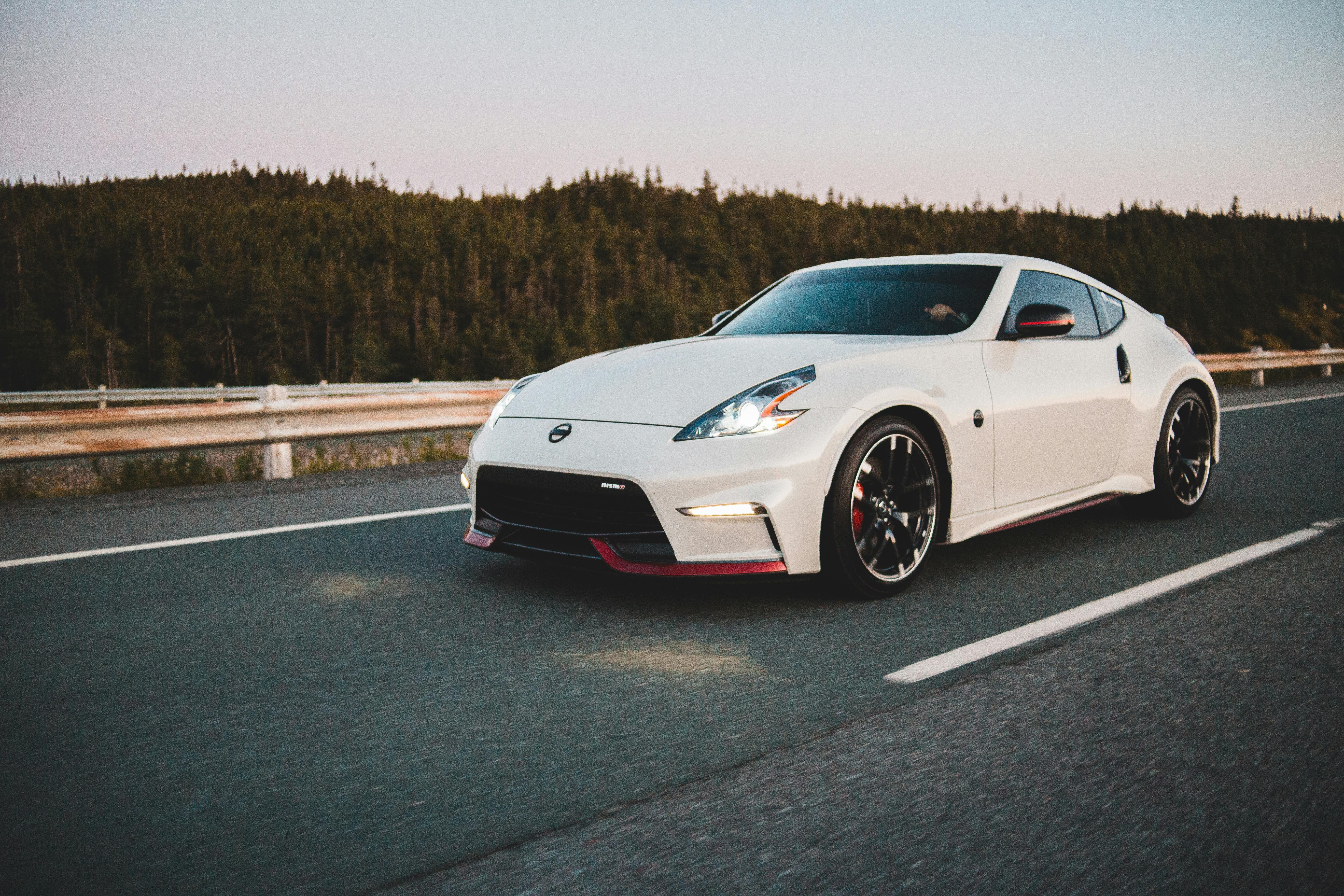A review of the TVR Trident sports car, covering the development, important features and technical data of this, the seventh model in the TVR range.
In this article, I offer a nostalgic look at the TVR Trident, one of an elite group of classic cars, which was made during the 1965 period.
In the early 1960s, TVR felt that the time was right to take the company to a higher level.
In fact, they had their sights set on the market sector dominated by brands like Jaguar and Aston Martin.
This new model would be based on the existing TVR chassis, while the bodywork would be placed in the hands of a famous Italian design house which, at the time, was in high demand by fashion and quality automotive brands.
In the spring of 1963, the TVR management met with Trevor Frost, an English designer, currently working for the coachbuilder Carrozzeria Fissore, in Turin.
He passed on his ideas for the design of a new TVR sports car, which duly impressed the management team.
However, at the time, they were unable to take the design concept to the next level as they lacked the funds to do so.
However, the project was duly reactivated in the winter of 1964 under the name TVR Trident.
Accordingly, Trevor Frost presented the blueprints to Carrozzeria Fissore, who agreed to build two Trident prototypes, based on the chassis initially assigned to the TVR Grantura, which had been modified for use in the Griffith 400 and 600 models incorporating an engine. V8.
These prototypes, named Trident Number 1 and 2, were presented at the 1965 Geneva Motor Show.
The styling was unlike any TVR up to that time and featured a distinctive wedge shape consistent with the 1980s TVR 350i rather than the existing classic TVR lines.
The body, like the Griffith 600, would be constructed of steel, with an aluminum hood, rather than the traditional TVR fiberglass construction.
Once again, in shades of the “600”, the Trident sports car was to be powered by a 4.7-litre Ford V8 engine, with a compression ratio of 11.0:1, and linked to a four-wheel gearbox. speeds, which developed 271 hp at 6000 rpm. , and 313 ft/lbs of torque at 2,400 rpm, and with a top speed of 134 mph.
The Italian connection was further emphasized with the use of rear lights and internal switches from Alfa Romeo and headlights from Fiat.
The car received a warm reception from the motoring press and some encouraging orders were placed after the Geneva Motor Show.
Encouraged by this initial success, TVR placed orders with Carrozzeria Fissore for another two Trident prototypes.
These were to be styled after a coupe and convertible, designated Trident Number 3 and 4, and were to be used as test vehicles so that development work on the Trident could proceed.
As a result of disappointing sales of the Grantura and Griffith 400, mainly due to the prolonged US port strike in 1965, TVR was forced to file for bankruptcy, for the second time, in August of that year.
To complicate matters, this happened before Carrozzeria Fissore received the two additional Trident prototypes.
However, at Christmas 1965, Martin Lilley, a TVR dealer, took control of the company and resumed production of the existing models.
Unfortunately, while this financial restructuring was taking place, Bill Last, a TVR dealer from nearby Suffolk, was in talks with Carrozzeria Fissore to acquire the manufacturing rights to the Trident.
Since, at the time, TVR’s future was in doubt, Carrozzeria Fissore agreed to transfer the rights to TVR to Bill Last.
He then commissioned them to build a redesigned Trident sports car, with a chassis based on that of the Austin Healey 3000 and a body made of GRP, rather than steel.
Between 1966 and 1976, Bill Last’s company called Trident Cars Ltd, and later Trident Motor Company, built around 130 Trident sports cars.
The first Trident prototype, by Trident Car Ltd, was shown at the 1966 London Racing Car Show, powered by a 289 cu in, 4,727 cc Ford V8 engine, with a box frame, coil spring front suspension and semi-elliptical rear suspension. . .
A 2+2 fastback coupe, built by Carrozzeria Fissore, with fiberglass bodywork on an Austin Healey 3000 chassis and powered by the same Ford 289 V8 engine, it premiered at the 1967 London Racing Car Show.
Although most production was exported to the US, it was sold in the UK in kit form.
Fitted with 11-inch disc brakes along with high specification internals, the Trident had a top speed of 150mph and a 0-60mph time of 5.0 seconds.
This marked the end of the TVR Trident.
Perhaps this walk down memory lane might have answered, or at least shed light on a possible question:
What TVR sports car is it? Their Favourite?
However, if this question remains unanswered, I will review, in some detail, in future articles within this website, the entire range of TVR sports cars that were introduced in the memorable era spanning 1946 to 1967.
I hope you’ll join me on my nostalgic trips “down sports car memory lane.”







